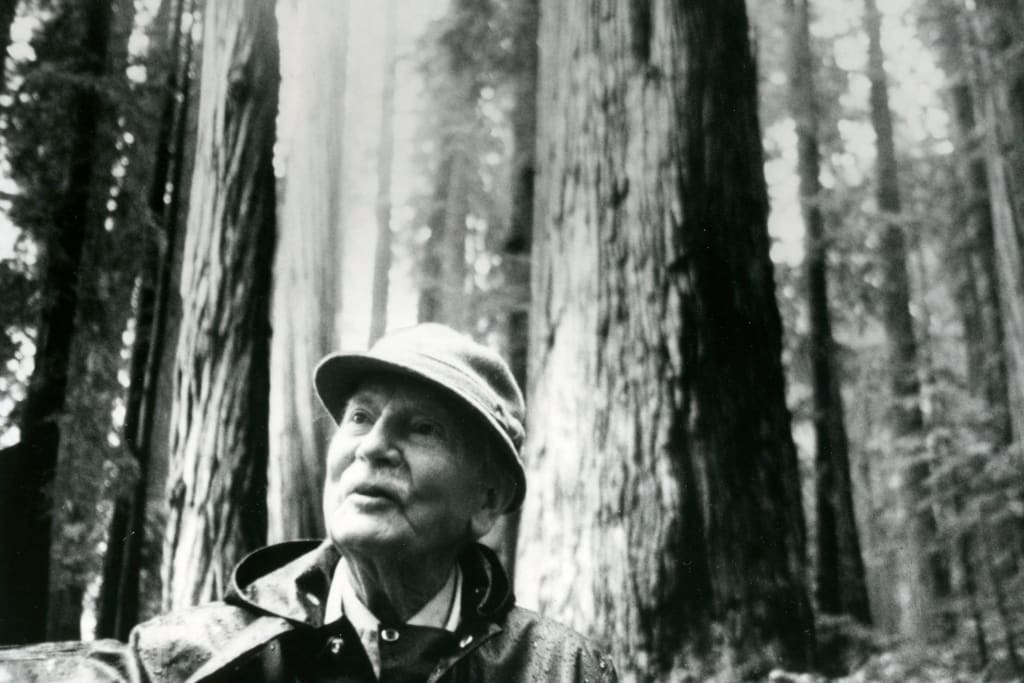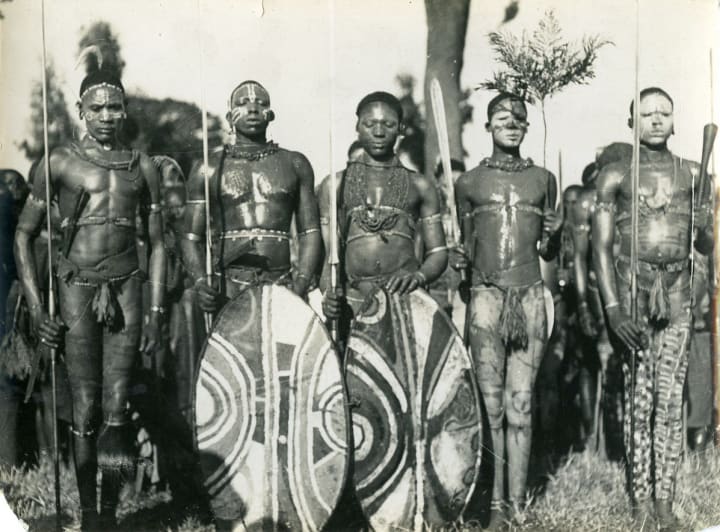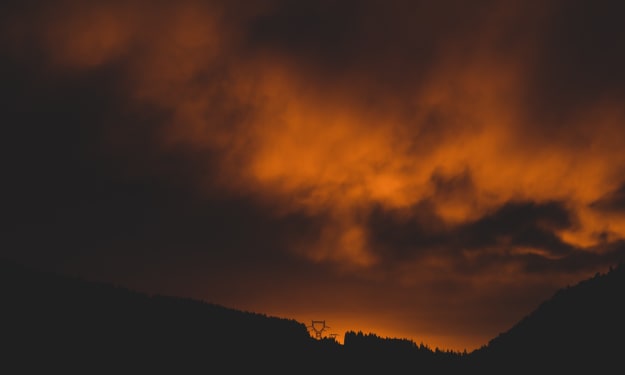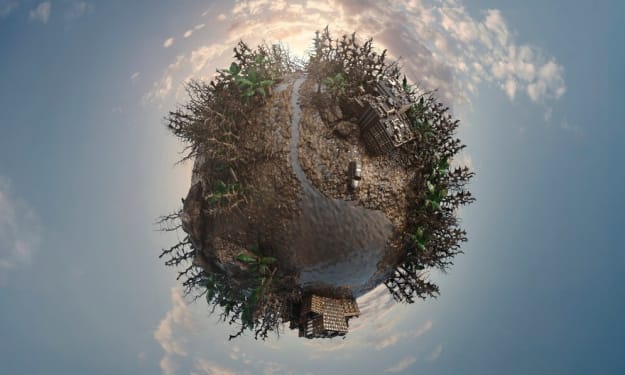The Inspired Life of Richard St Barbe Baker
How a transformative experience in childhood improved the lives of many and is still changing the world today

This article is excerpted from an unpublished manuscript, 'Re-discovering who we are'. The material appearing in this excerpt was largely researched from materials including the biography of St Barbe Baker by Paul Hanley. The two images and a detailed reference to the first 'Dance of the Trees' are from a blog appearing on the International Tree Foundation website.
How much do we know about the nature of knowledge, inspiration and guidance? What would it take to so inspire someone that their actions would later spur millions into performing billions of good deeds that is today transforming the world as we know it? Is it possible to understand and relate to such a source of inspiration that set in motion the life of a man who was seen as a visionary, far ahead of his time, who founded the first international conservation organisation?
Richard St. Barbe Baker (9 October 1889 – 9 June 1982), born in rural Hampshire, encountered his inspiration at the tender age of five years old, an inspiration that had never left him at any stage in his life, and, in his own words: "I believe more than anything else influenced the way by which I have come". His old nurse used to take him for walks through the dark and extensive woods adjacent to his childhood home to visit her cottage, where weekly batches of bread were baked in a brick oven. One day while visiting her he begged to walk off into the woods some ways off, to which she reluctantly agreed. In high spirits, he set off along the forest paths, which soon however led among taller trees to bracken where the paths faded away to nothing as the bracken fronds curled above his head. He wandered along dreamily, losing all sense of time and place.
In his words: "Although I could only see a few yards ahead, I had no sense of being shut in. The sensation was exhilarating. I began to walk faster, buoyed up with an almost ethereal feeling of well-being, as if I had been detached from earth. I became intoxicated with the beauty around me, immersed in the joyousness and exaltation of feeling a part of it all. Soon, the bracken became shorter, and before long it was left behind as a clearing opened where the dry pine needles covered the floor of the forest with a soft brown carpet. Rays of light pierced the canopy of the forest, were reflected in the ground mists and appeared as glorious shafts interlaced with the tall stems of the trees; bright and dark threads woven into a design. I had entered the temple of the woods. I sank to the ground in a state of ecstasy; everything was intensely vivid - the call of the distant cuckoo seemed just by me. I was alone and yet encompassed by all the living creatures I loved so dearly."
He concluded by saying: "In the wood among the pines, it seems that for one brief moment I had tasted immortality, and in a few seconds had lived an eternity. This experience may last forever."
Impelled by the vision and implications of his experience, 'St Barbe', as he was popularly known, devoted his life to tree planting, conversation work, promoting the well-being of communities and educating - and inspiring - many others through his lectures, talks, and books. This included 'social forestry', a concept far ahead of its time that found its first expression in Kenya in the 1920s, where St Barbe had found employment in the Colonial Service of the time. In that capacity he worked with the village people, giving them the agency they needed to resolve their own issues of deforestation and desertification reducing their crop yields over time, by initiating the first 'dance of the trees', after which they learned the importance of community involvement in tree planting that would benefit them and their future generations.

St Barbe's own records of this event note that ... "The first 50 members of the Watu Wa Miti, Men of the Trees, were recruited. Each member made a solemn promise to do one good deed each day, plant ten trees, seedlings or seeds each year and take care of trees everywhere."
St Barbe became so involved with the lives of the communities that they were bettering through this collaboration that he was forced to leave this employment, and in time founded what is believed to be the first international environmental non-governmental organisation, the 'Men of the Trees', which later became the International Tree Foundation.
St Barbe had become a Baha'i while delivering a lecture on London on the work he was doing in Africa. During his international travels to promote the work of this organisation, while visiting Palestine, he met the Guardian of the Baha'i Faith, Shoghi Effendi, while who was so pleased with the work he was doing that he signed up to become the first life member of his organisation in 1929. St Barbe frequently stated that whenever he contributed in some way to the Baha’i Faith, his conservation efforts would flourish.
Later, in the 1950s, he repeatedly crossed the Sahara desert to promote his vision of a standing army of people planting trees across the width of the continent, 7000 km long, as a 'Great Green Wall of Trees', a vision that is only now taking shape into reality, as a practical reality. On a single day in July 2019, for example, Ethiopians planted a what was estimated to be a record 350 million trees. Similarly, in 2018, China sent 60,000 troops to plant trees to stop its own deserts from expanding. Later in life, he developed a “decolonized” view of African development and pioneered concepts like fair trade, ecotourism, and agroecology, practices that are only now gaining wide acceptance. And the United Nations Billion Tree Campaign, which has already planted many more than one billion trees world-wide, has been at least partly inspired by St Barbe's example.
One moment's inspiration has changed, and continues to change, the world.
About the Creator
Andrew Scott
Student scribbler






Comments (1)
Good summary of the contributions of St Barbe. I met him in 1974 and was with him in Saskatoon when he died. A remarkable man with such a strong spirit. He was committed to his mission until his last breath. Robert